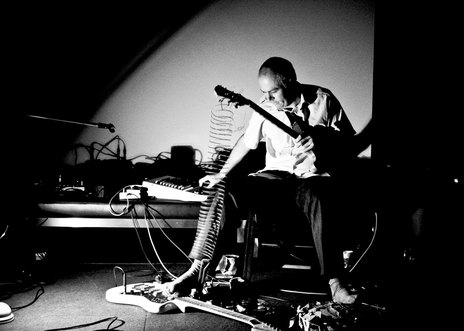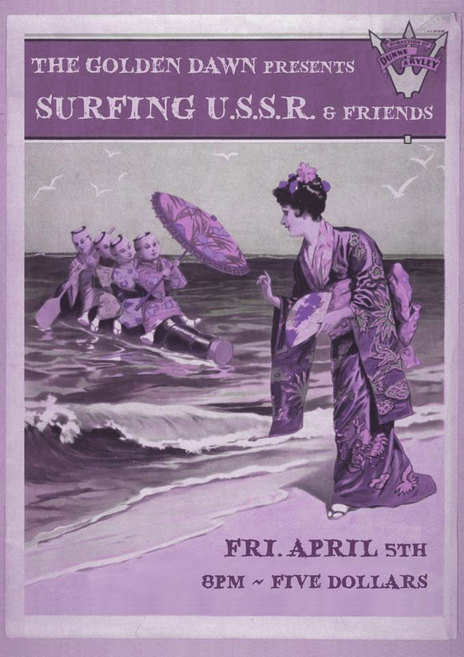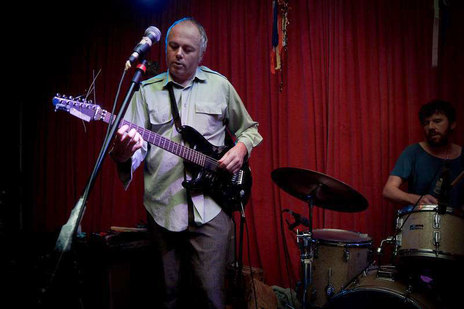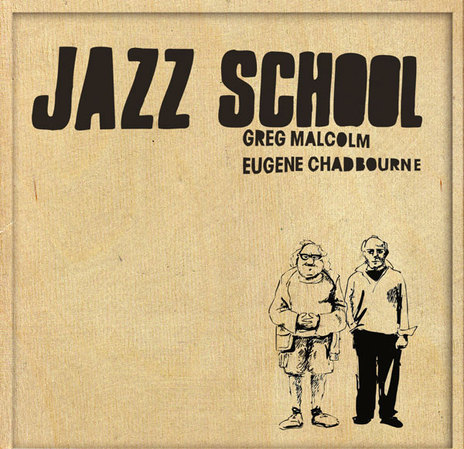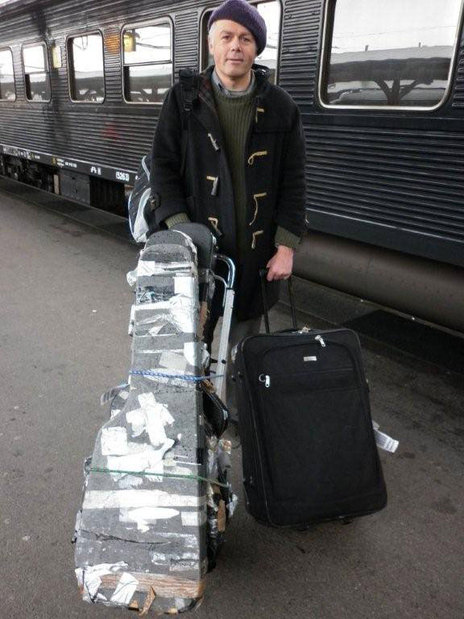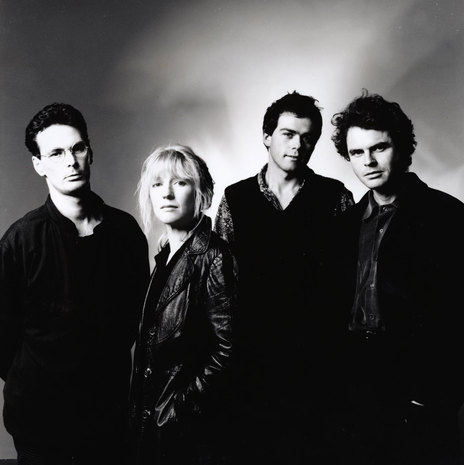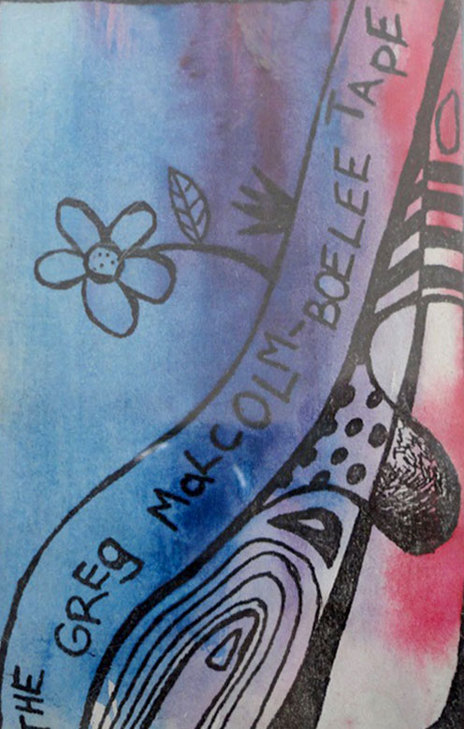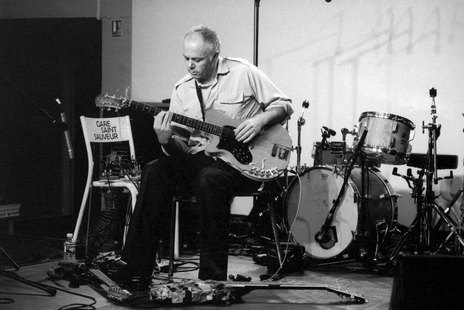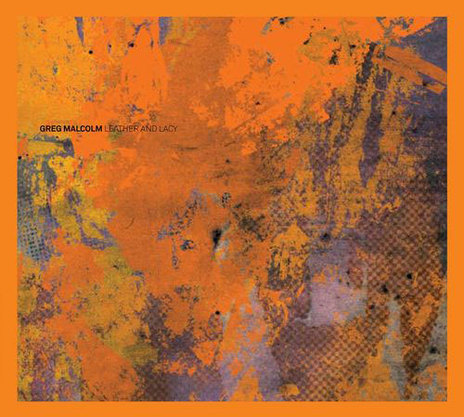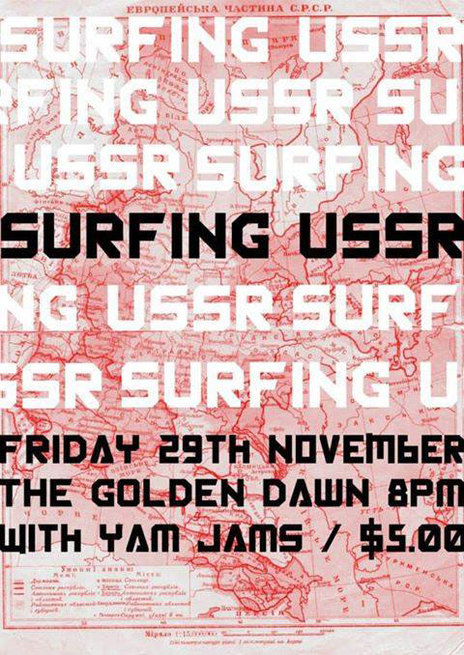What he does have is an eye-opening, eclectic discography that shines a light on this most accessible of fringe figures.
What he does have is an eye-opening, eclectic discography that shines a light on this most accessible of fringe figures. And with each concert that Malcolm performs, no matter how sparsely attended, audiences can be assured that they’re witnessing something unique.
Sparsely attended? I should know. In 2001, Malcolm performed at my record store-cum-espresso-café-cum-performance space, Beautiful Music, and eight people came. I had gone all out to get people along. I felt embarrassed for him.
But back then, more so than now, Malcolm had muddied the waters of people’s perceptions about him with a few recordings that some were inclined to believe were mere novelties. What Is It Keith (Proper, 2000) was a dialogue-heavy album that took audio snippets of an interview Malcolm had conducted with Kim Hill when a song on his previous album Trust Only This Face, ‘The Ballad Of Peter Plumley-Walker’, elicited media outrage.
The fact that the album was a clever and musically layered collage that happened to have both a cheeky sense of humour and a social conscience seemed to escape everyone’s attention, and so did the clever, John Zorn-like musical interludes and clever guitar articulations.
Perhaps punters had missed the fact, also, that What Is Keith? featured musicians of the calibre of Tony Buck (drummer with the best band in the world, The Necks) and Jon Rose (much admired violinist).
When I interviewed him back then, Malcolm confirmed his intention to continue to mix humour and levity with art forms that people often take too seriously.
“Is it just me, or is music singled out as the only art form that humour doesn’t mix with?” he said. “Most of the musicians I admire use humour. People have a tendency to write off anything humorous as light and lacking in substance, when often the opposite is true.”
When I asked him if he ever performs in a completely non-humorous context, he said: “I have performed my deadly serious Depresso Guitar programme several times. I find nothing funny about laying a guitar on my lap, sitting a mini-fan on it, and bowing it with a cello bow. Yet people still laugh.”
Greg Malcolm’s notable work starts with his role working as guitarist in Jay Clarkson’s group Breathing Cage in the late 1980s (he is featured on the albums Misericord and The Old Hill). He also took part in the Don’t Make Noise improvisational group, and One Leg Too Short, who released Like The Highest Number Only Better. In the early nineties he was a member of the Such ‘n’ Such children’s duo, and created music for theatre and film.
Escaping to Berlin for a couple of years, it was there that he put the finishing touches to What Is Keith? and established his reputation on the improv circuit.
But 1996 was the pivotal year. The release of Trust This Face, which contained that song, proving what a conservative and parochial country New Zealand could still be. Escaping to Berlin for a couple of years, it was there that he put the finishing touches to What Is Keith? and established his reputation on the improv circuit.
“Having lived in and around Berlin in the early nineties I knew it was the best place to live if I was interested in pursuing my avant garde music,” said Malcolm. “My friends started an improvised music venue, which rapidly became the centre of interesting music in Berlin. It was great. I could walk down three flights of stairs and see what I still consider to be some of the most exciting music of our time AND get free drinks.
“I was the uncooperative member of the co-op. I couldn’t work the door or the bar as I would watch every concert, but I would make up for it by lighting the ovens, essential in 15-below winters, and clean the toilets. Berlin was also a great place to base ourselves for touring. We performed our traditional New Zealand folk songs throughout Holland, Italy, Slovenia, Belgium, Switzerland, and of course Germany. I was able to live off playing my music, and the extra time enabled more commitment and incentive to develop my art. I came back to NZ because I got sick, and had no medical insurance or legal status in Germany.”
Back home, Malcolm formed his rousing surfing/Klezmer group, Surfing USSR, and released an album of solo-improvised guitar music, Homesick For Nowhere, for Bruce Russell’s lo-fi Corpus Hermeticum label.
Since then, there have been extensive tours locally and internationally, several well-reviewed albums of his improvised guitar interrogations, and live collaborations with musicians as diverse as Rosy Parlane and Alan Licht.
International kudos really came his way with Swimming In It (2005), where he performed on an “adapted guitar”, made to Malcolm’s specifications by Lyttelton luthier Peter Stephens.
“The guitar features a pickup on the other side of the bridge, which picks up the related harmonics from the conventional side as well as creating another playing area on the wrong side of the bridge”, wrote producer Jennifer Ward. “When played open it produces a note two octaves higher than the open string on the conventional side of the bridge… The guitar is unusual in that it has two sets of strings – the standard set and another sympathetic set of tunable strings, which run diagonally inside the guitar body creating drones.”
Malcolm’s descriptions for his pieces are entertaining enough. For the title track, for instance, he wrote: “A large spring is suspended over the nut end of the adapted guitar. Its vibrations are amplified through a pickup in the neck of the guitar. The floor guitar is played with the left foot, creating the rhythmic bass tones. At first the six sympathetic drone strings are strummed. Later in the piece they are left untouched to vibrate in sympathy with the corresponding notes of the melody… An e-bow is attached to the wrong side of the bridge by a rubber band …”
In recent years, Malcolm has performed regularly throughout NZ, both solo and with Surfing USSR, mounted solo sound art exhibitions in art galleries, performed musical theatre for children, and been the musical director for the Christchurch Theatre Company’s production of Cyrano de Bergerac. New albums have been few and far between, but include the well-reviewed album of live Steve Lacy covers, Leather & Lacy, and Some Other Time – a DVD/CD package, again of live performances.
